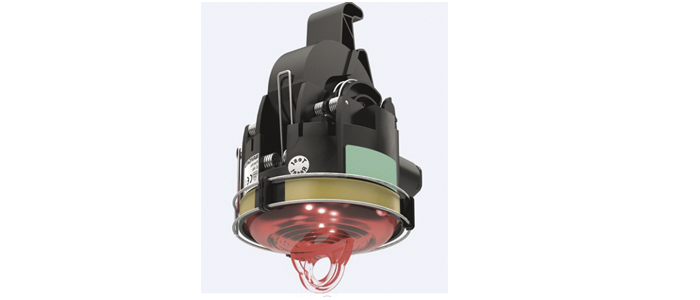- +61 7 3374 2877
- Email Us
Fallen trees, lightning and other natural events often lead to power supply disruptions via overhead lines. Troubleshooting is usually time-consuming for network operators. In addition, disturbances in the context of quality regulation impact revenue ceilings.
That’s why Powerco is pushing ahead with the digitalisation of its medium-voltage grid. Following a pilot phase to test the effectiveness of the technology, 1500 sets of Smart Navigator 2.0 (SN 2.0) intelligent overhead line short-circuit indicators from Horstmann will be installed in the medium-voltage grid.
Overall Network Reliability Objective
As one of the largest distribution system operators in New Zealand Powerco’s electricity network is approximately 28,000km in length and is responsible for numerous overhead lines in addition to the relatively fault-resistant underground lines. Many of the overhead lines are in rural areas with complex topography. This presents the network operator with some challenges. This is because the overhead lines are not only more prone to faults but also often require time-consuming and cost-intensive fault finding measures.
Powerco’s overall network reliability objective is to ensure that they meet their customers’ reasonable expectations regarding the quality at which they deliver their electricity. Their primary reliability measures are System Average Interruption Duration Index (SAIDI) and System Average Interruption Frequency Index (SAIFI), broken down into unplanned and planned outages. These measures are also what is reported to the Commerce Commission to meet quality of supply regulation obligations.

However, these are aggregate network measures only, and therefore Powerco also track performance at feeder and distribution transformer level to identify poor performing parts of their network.
So far, the source of the fault in the overhead line network can often only be located locally by reading short-circuit indicators in the overhead line sections and not remotely. Therefore, line crews go out and narrow down the faulty line section kilometre by kilometre until the cause of the fault is found. They often must work their way through forests and rough terrain, which further complicates the search. Since the duration of the fault and the service disruption in such cases are significantly incorporated into quality regulation, time and cost pressure are correspondingly high.
Intelligent Fault Detection: Smart Navigator 2.0
Powerco was looking for a simple, safe, and efficient solution to be able to locate and activate faults on overhead lines much more quickly in the future, as with such monitoring and fault indicators it is expected to provide rapid isolation and fault location. The network operator was introduced to the Smart Navigator 2.0 intelligent overhead line short-circuit indicator from Horstmann. The robust and compact measuring device is mounted at strategic points in the power line, and continuously and reliably monitors them. It measures the current, load flow direction and conductor cable temperature. Faults and other information are transmitted via the cellular network to the control centre and help to identify problems quickly and clearly. In addition, indication of a line fault are displayed on-site via an ultra-bright LED. To test the performance of the Smart Navigator in practice, Powerco first installed 250 sets on 75 feeders across the entire Powerco footprint.